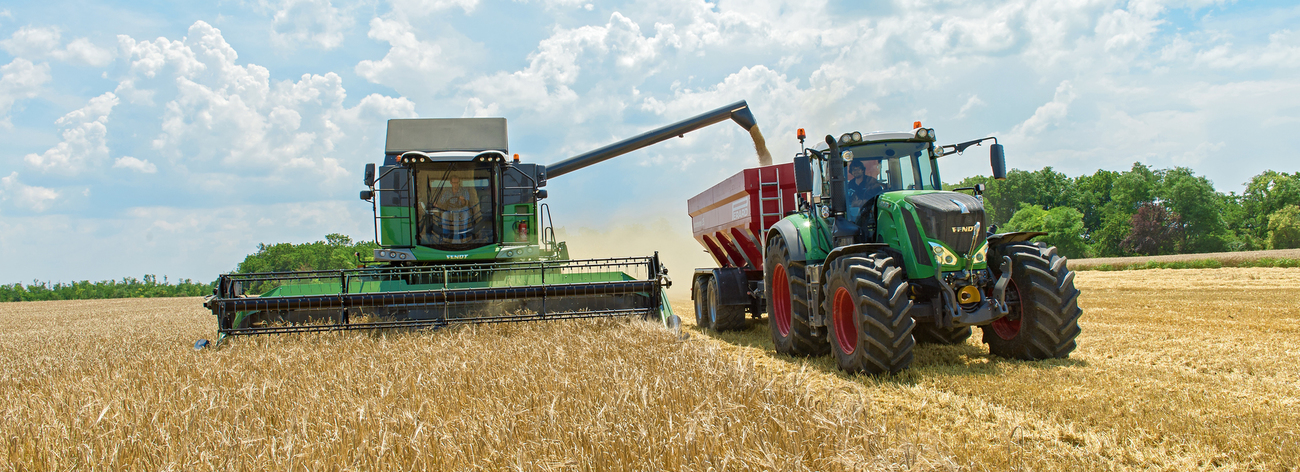After relentless trial and error, the rotor combines have come of age. The threshing system has attained perfection and can perform well under all circumstances. One has to understand the role of the concave and how the optimum combine concave setting can enhance the working of the machine. Concaves find use in harvesters for two purposes, threshing and separating the corn. Opting for the best threshing machine with well-designed concaves helps the farmer in a variety of ways.
Cut Your Losses
One of the biggest challenges for the farmer is rotor loss. This happens in all machines and so the careful farmer makes sure the rotor loss is the least in his machine. The rotor combine will lose up to 2 – 5 bushels per acre which translate to $32,000 per 1000 acre of soybeans. When you opt for the best concave system, it is possible to limit these losses that work for all crops.
Choose the Setting for Each Crop
The best combine concave setting helps improve performance for a variety of crops including lentils, wheat, sorghum, corn, chickpeas, flax, soybeans, rice, pinto beans, canola, kidney beans, black-eyed peas, lentils, and sorghum. Before going in to gather the harvest, adjust the setting on your machine because each crop type has a different setting. By making these adjustments, you get a bigger thrashing area.
High-Moisture Crops Need More Care
The average combine harvester will cover 200 acres on a hot, dry day. On average, it will harvest 150 acres per hour. Here is the combine concave setting that will help. It combines three operations – winnowing, threshing, and reaping into one operation. If you are harvesting high moisture corn as most agronomists expect this year, you will need to open the bottom sieve to the widest clearance or take it out altogether. And use a high-capacity top chafer. The last thing is to control the ground speed to reduce the losses. The purpose of the clearance is to regulate the flow of the material. If the grain is small as in the case of wheat and barley, a narrow wired concave will be enough. But, if you set the clearance too tight, it will damage the material.
Operation of the Harvester
The header of the harvester cuts the crop and it goes into the threshing cylinder. The rasp bars come into the path of the crop and pulls the crop through the concave grates so that the chaff and the grain get separated. The grain falls through the concave grates. You can adjust the clearance between the concave and the cylinder. The wire patterns of the concave, speed of the rotor, and the clearance is different for each crop type and determines how clean the crop is. This is why the combine concave setting is important.
Invest in a concave as it is a beneficial investment and pays back for itself in time. Pick one that is adjustable so you can use it for all the crops. By using the same concave for all crops, you save time and effort and this increases profitability. Make sure you have the proper setting on the machine so you cut losses and increase profits. Also, choose the right harvester and concaves for the machine.

